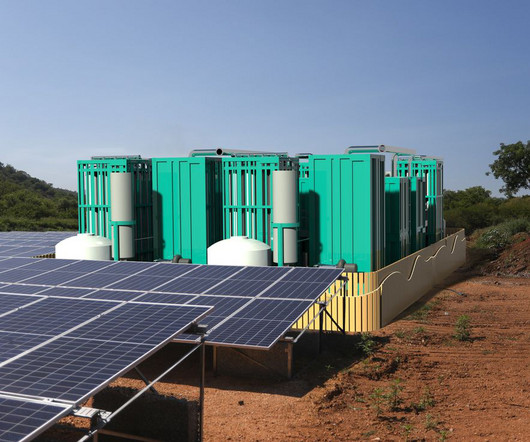Estonian startup UP Catalyst secures €2.09M; sustainable carbon nanomaterials and graphite from CO2
Green Car Congress
APRIL 21, 2022
Although founded in 2019, the scientific research and development of UP Catalyst goes back to 2016, when relevant technologies to produce carbon nanomaterials and graphite sustainably were studied by the founders. UP Catalyst uses a molten salt carbon capture and electrochemical transformation method to reprocess the CO 2.












Let's personalize your content